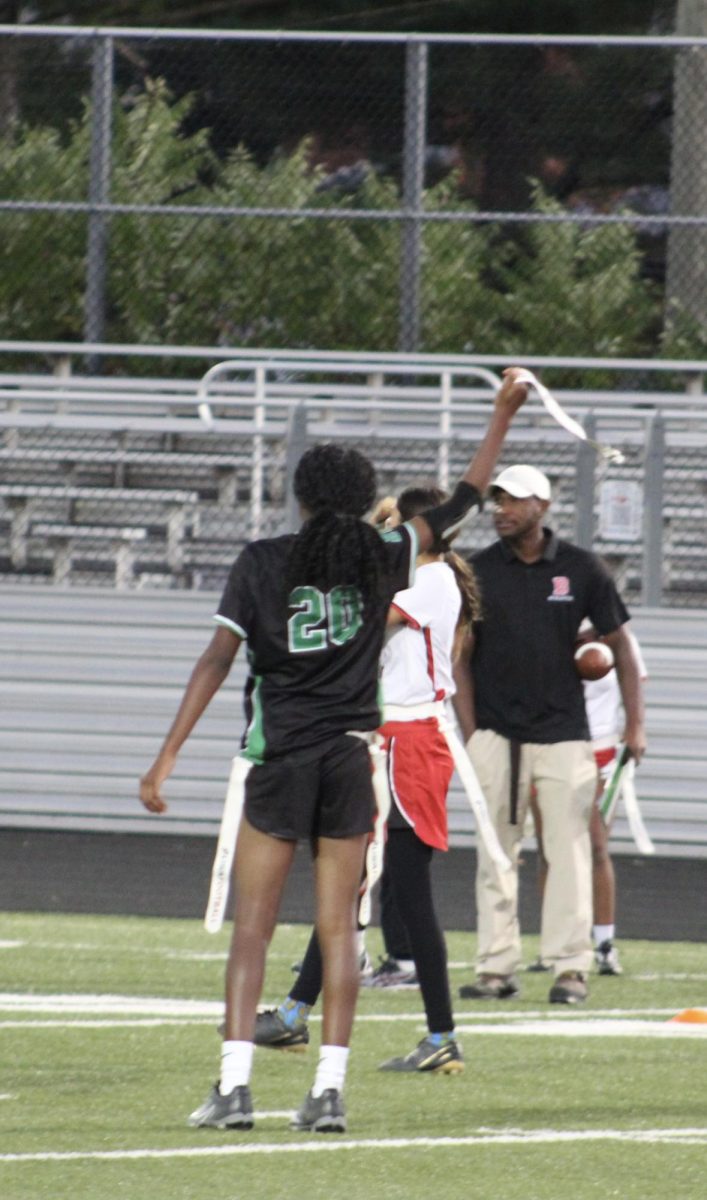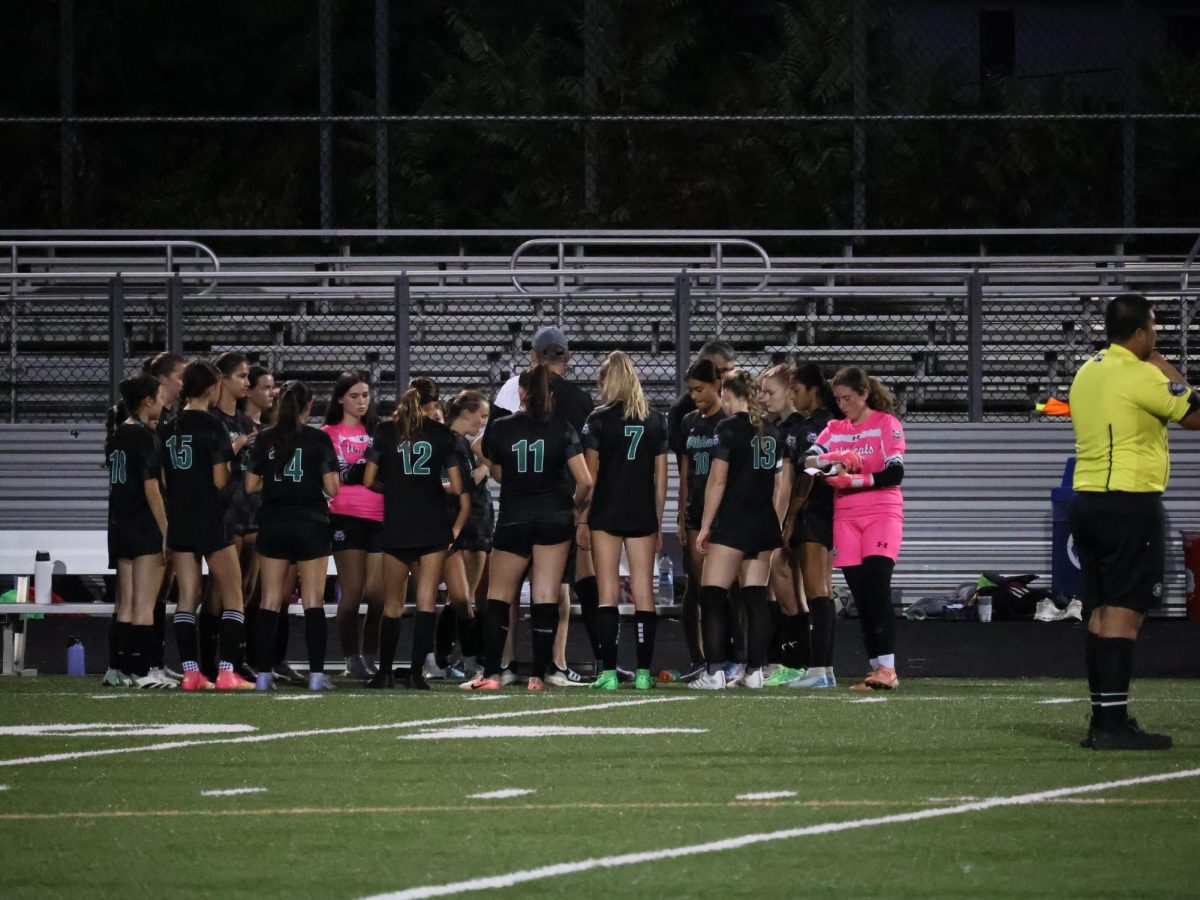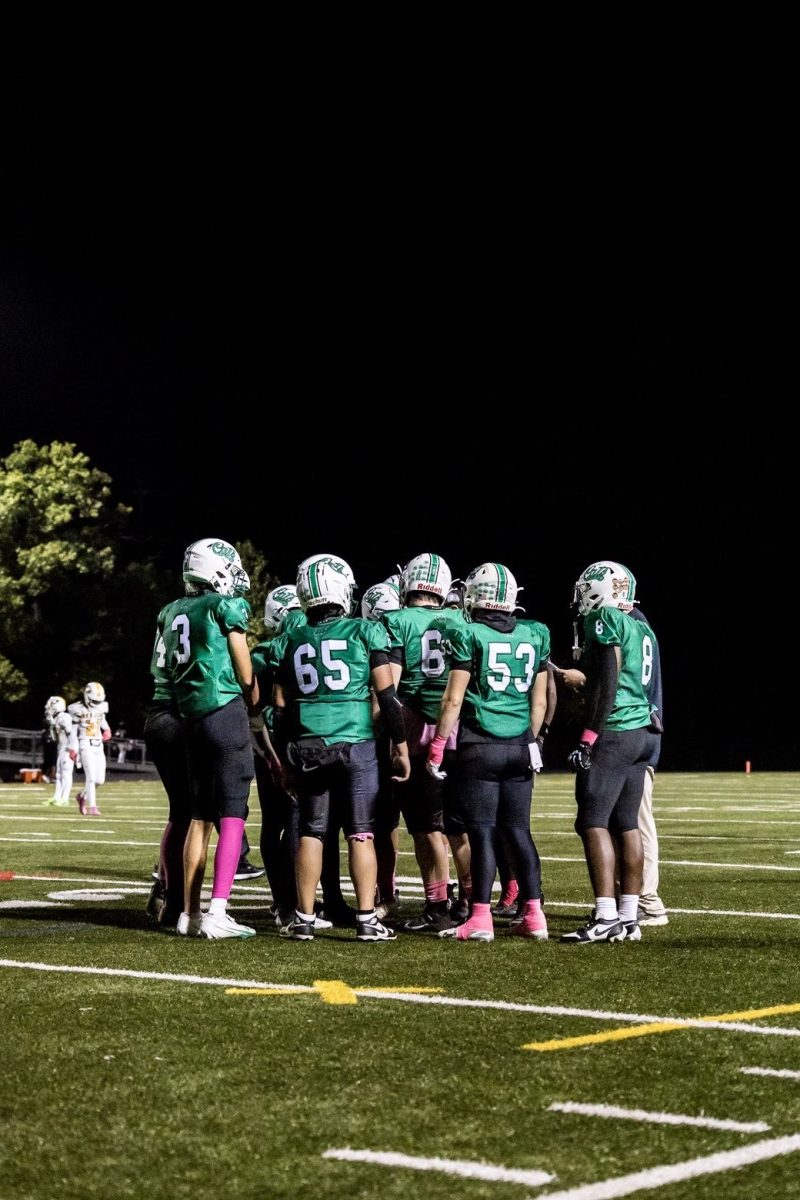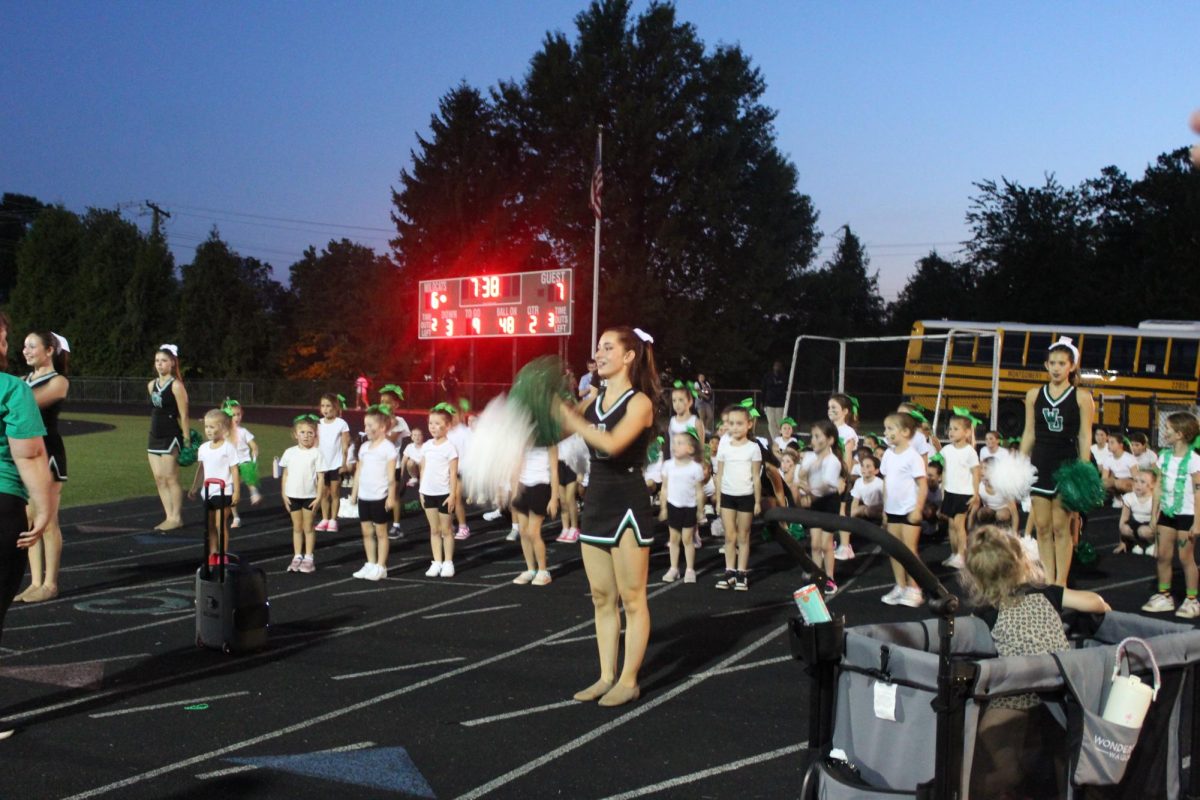The WNBA as an organization has not seen much prosperity since it was founded in 1996. Although discussion about gender pay gap has been a heated topic for many years, only recently has the WNBA became the focus.
WNBA teams have found themselves in difficult financial situations in the past, losing money and only gaining profit from revenue through the NBA’s national television and sponsorship deals. Players have done their jobs, winning MVP awards, leading their teams to championships, only to earn what seems like incomparable fractions of what NBA players make.
WNBA superstar Sylvia Fowles earned the MVP award in the 2017 season leading the league in field goal percentage, second in rebounds per game and fifth in points per game with 18.9. Fowles lead her team, the Minnesota Lynx, to a championship that year as well. Through all of what she did that year, Fowles was paid $109,000.
Meanwhile, Leandro Barbosa of the Phoenix Suns was waived by the Suns prior to the 2017-18 and still earned $500,000 guaranteed from a team he didn’t play a game for.
WJ paraeducator and boys’ junior varsity basketball coach Chase Rieder feels that the great difference of revenue is the biggest factor differentiating the two leagues.
“The WNBA doesn’t have the equity and money that the NBA has. Players are more marketable in the NBA. The NBA is helping the WNBA get off the ground as well, but the money that many WNBA players are looking for comes overseas, as they view the WNBA season as an offseason,” Rieder said.
The NBA pays its players 50 percent of the revenue earned while the WNBA pays its players less than 25 percent of their revenue. This low percentage has been declining in recent years as the gender pay gap has been expanding.
Many players these days are finding themselves in a position where playing in the WNBA is their offseason, and playing overseas is where they can get more pay for play. Sophomore Alan Gahart believes that change won’t happen until the WNBA starts sharing more revenue with its players.
“Change won’t be happening until the WNBA shares more revenue with its players. It will be hard for the WNBA to pay its players like the NBA, but it should start with giving more money from the total revenue earned,” Gahart said.
WNBA players have voiced their opinions about the pay gap.
“Now I’m 36 and have played 95 percent of my career, and I can look back on that and say, ‘I don’t want it to be like that for A’ja [Wilson] and the younger kids coming in.’ I want them to stay here in the United States, make a lot of money and be influential in our own country,” Diana Taurasi said via ESPN.








